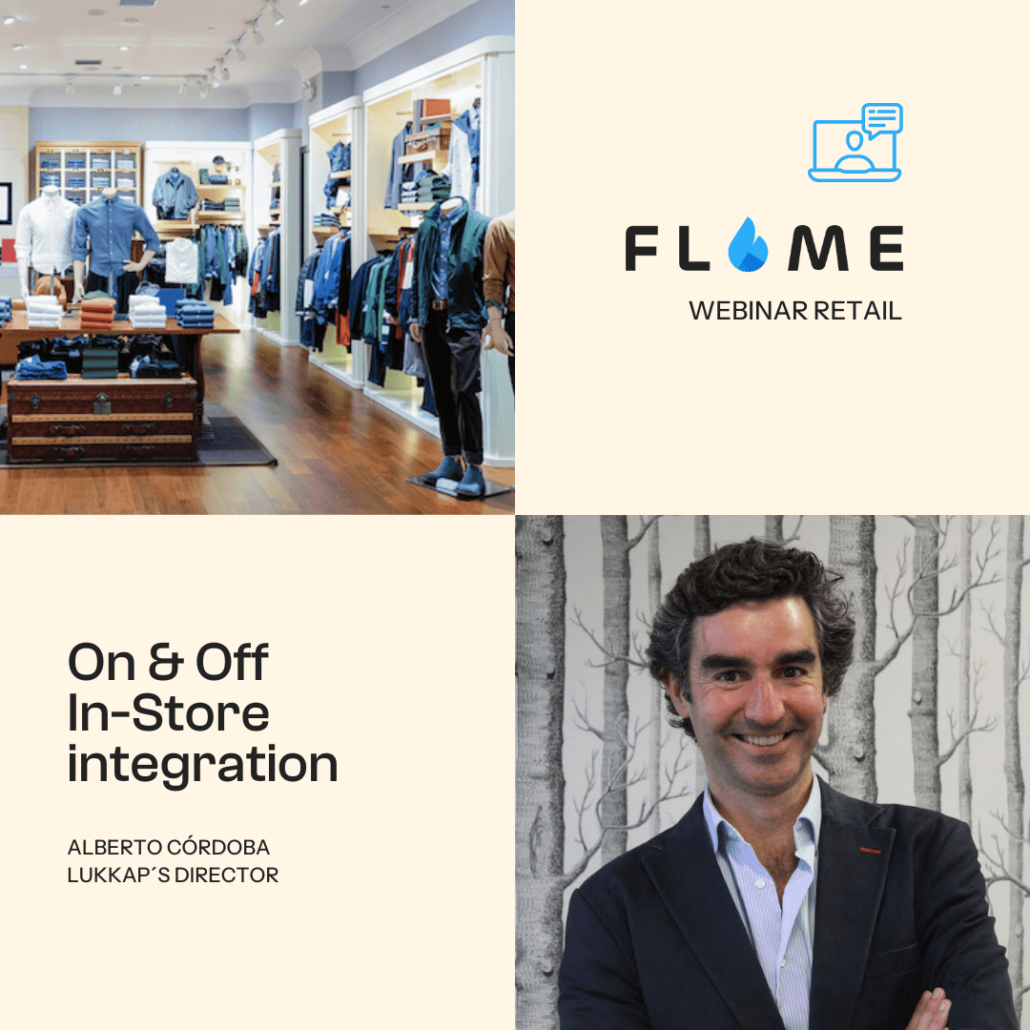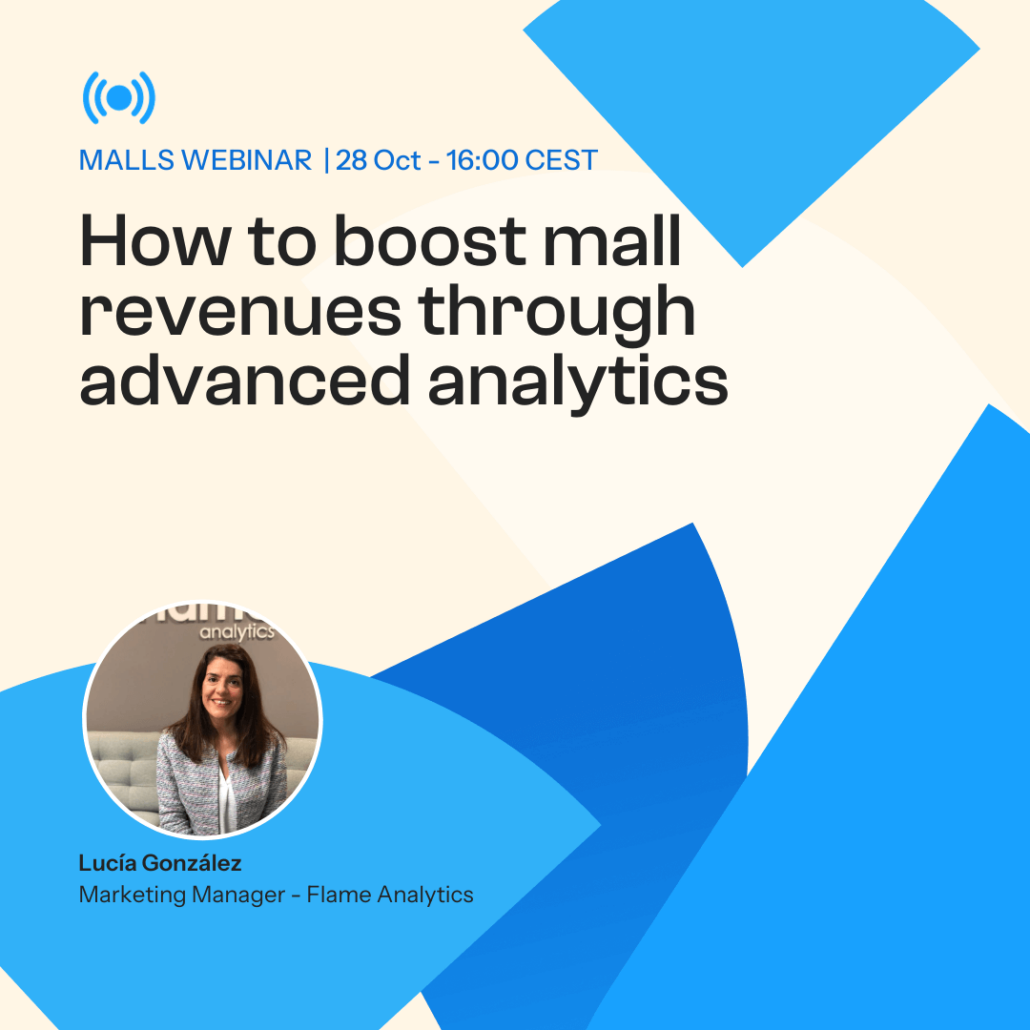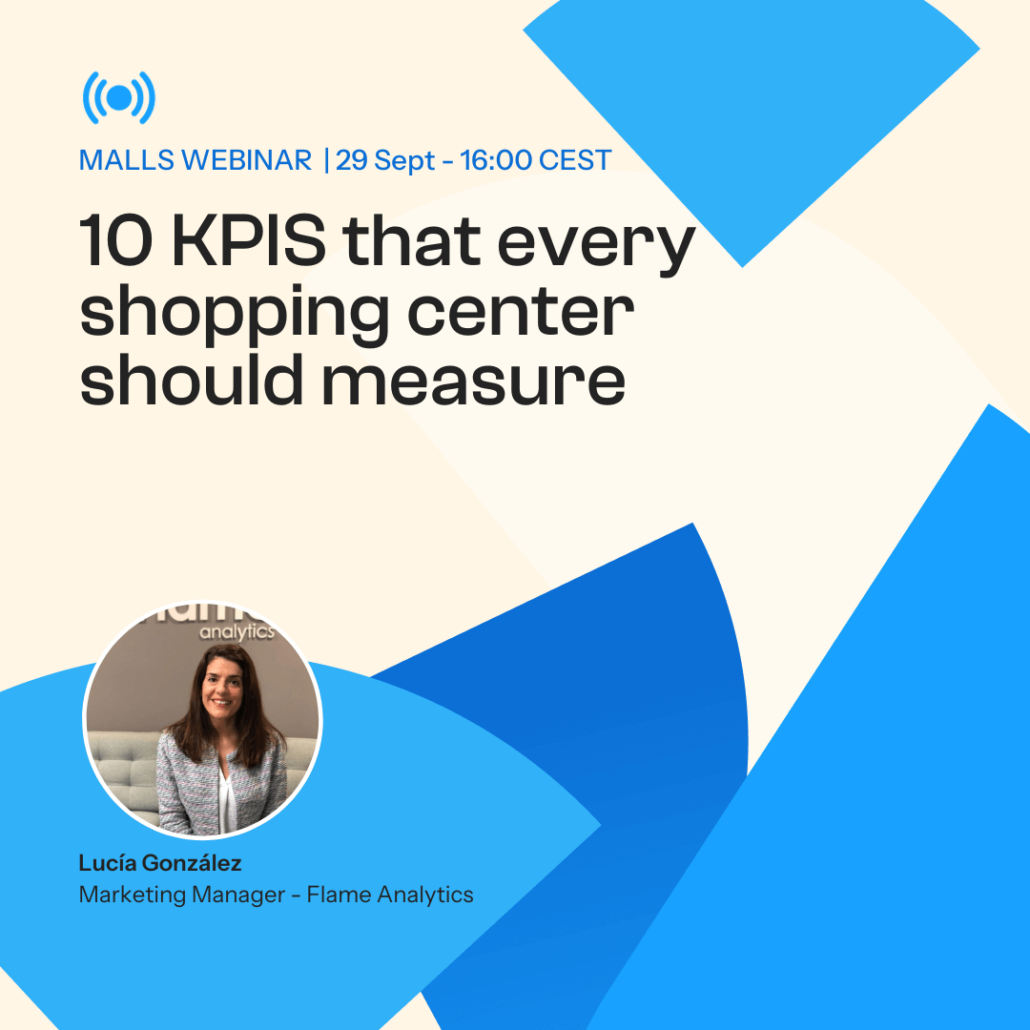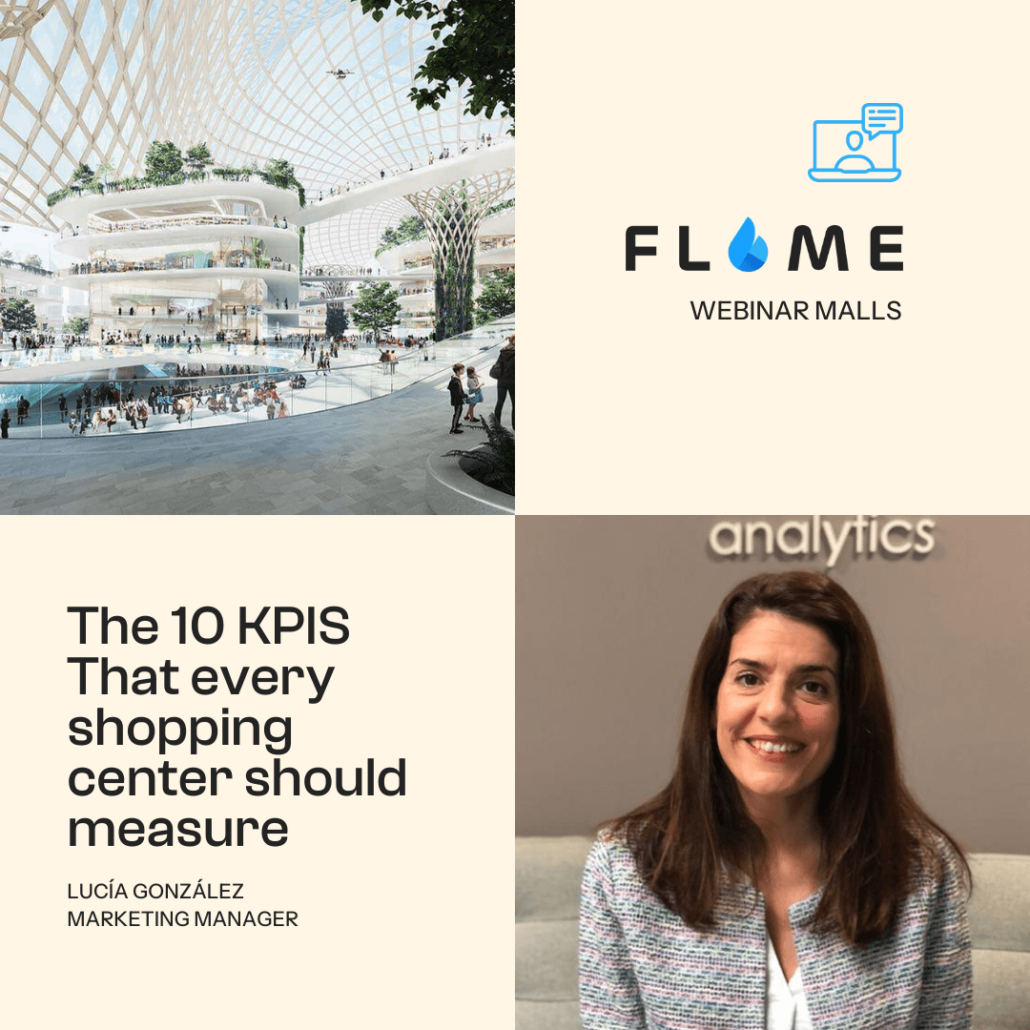More than twenty attendees listened with great interest to the online seminar that Alberto Córdoba offered in our last webinar. In it, Lukkap´s Director, gave us the keys to take the best of the pure digital players and the best of the brick and mortar ones, so that, thanks to the advantages of both worlds, we can make the leap towards unique experiences, comprehensive and emotional to ensure the differentiation and survival of companies. This is what he told us…
Given the change in social habits, the great retailers have abandoned the logistical comfort of the outskirts of the suburbs to try to succeed in the center of the big cities. Leroy Merlin, Media Markt or IKEA are clear examples of how they have tested an almost identical model in size and functionalities to the one they have on the outskirts.
In this way, each maintaining its brand essence, we see several common characteristics in its urban store bets:
- Traffic generation. Being in the passage zone is the first reason to attract customers.
- Complement to the online purchase. What does not fit in the warehouse, comes straight home. And what you order online, you can also pick it up.
- Custom projects. There is no need to do 30 kilometers to have a meeting. Custom projects on request have a new place and the same type of seller, the most prepared of all sectors. That helps close the project on several visits.
- Screens everywhere. Some bet on devices for the basics (know the price, product features, buy what is not in store); others, for designing your own solution. The reality is that consumers use them so little that the devices end up having to give an indication to encourage customers to use it.
- Zone for a customer segment. The natural division of the store remains by product; There is only one exception in these stores and it is typical of a key segment for that brand.
- Information workshops. It is the best way to start taking advantage of a product. If the client has more information and knows more, he/she will end up consuming more.
- Return space Although 60% of customers say they are allowed to return their products in their own home, there are still many people who come to return. Therefore, it is much easier if the customer has it 10 minutes from home.
- Connection with services. Whether for skating classes or for transportation, installation and assembly, the store earns much more with the after-sales service.
However, at a time when customers no longer make differences between online and offline experiences, most companies have not found the key: integration on & off.
Nobody has managed to take over this space, fully adapting to the needs of the client.
Therefore, whoever deals with a process of digital transformation must know that the key is to integrate 8 elements that arise from the union of the best of both worlds:
The best of the online world
- Focus on the client’s pain: The client wants to buy something, can I help him do it? Customers who achieve their purchase objective have an NPS of +25, which does not -36. Do my devices make it easy to find the product I’m looking for? Can you help me compare the alternatives that exist?
- Tracking end to end: It is about controlling, from the data, the actions that the client performs. Thus, thanks to the sum of digital information, we can learn faster and customize the following actions.
- Frictionless: Everything that involves customer effort in an experience tends to disappear. So they try to apply it all, reducing steps, clicks, efforts, objections.
- Devices´potential is enormous and their degree of use is negligible. Focus on covering the client’s basics and learn from the devices that are used.
- Community: Social networks and online communities have allowed people with related needs to be united and multiplied what is an exception on the street: the collaborative economy.
The best of the offline world
- Relationship: In the digital world, you don’t have to face a face that claims you, but the data. Therefore, there is still more focus on the interaction than on the relationship. Therefore, the best sellers always make the leap from the transaction to the relationship.
- Humanity: The relationship is always human to human. Where the processes end, the best of the human being is born: empathy and sincere help, the union of people in the mission of making someone better. That is where the jump is to meet to surprise.
- Touch & Feel: Touch, fiddle with the product and make it yours remains the key to decide to incorporate a product into your life.
- Entertainment: Shopping for many people is still a pleasure. As with fashion, many of those who will enter your store will not be buyers, they will be tourists, people who have time to lose. Therefore, what do you bring to them besides a coffee?
In short, the key is to stop thinking about separate worlds, and offer an experience that combines the best of technology and the best of people; to make the leap from fleeting relationships to lasting relationships; to get the customer to become a fan of your world and not just your products and, above all, to offer unique and differential experiences that your client will not forget for sure.







